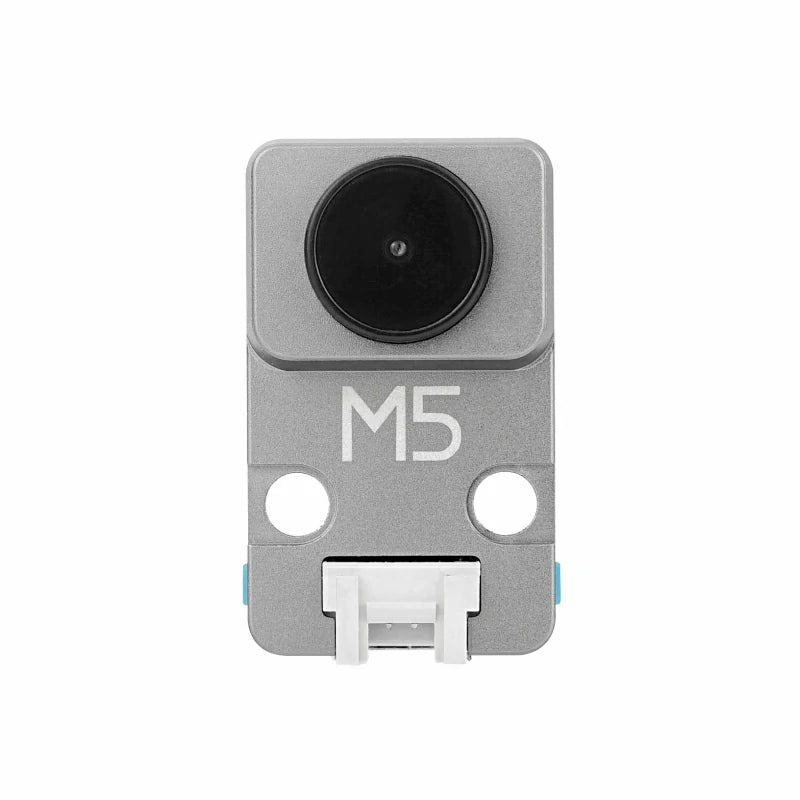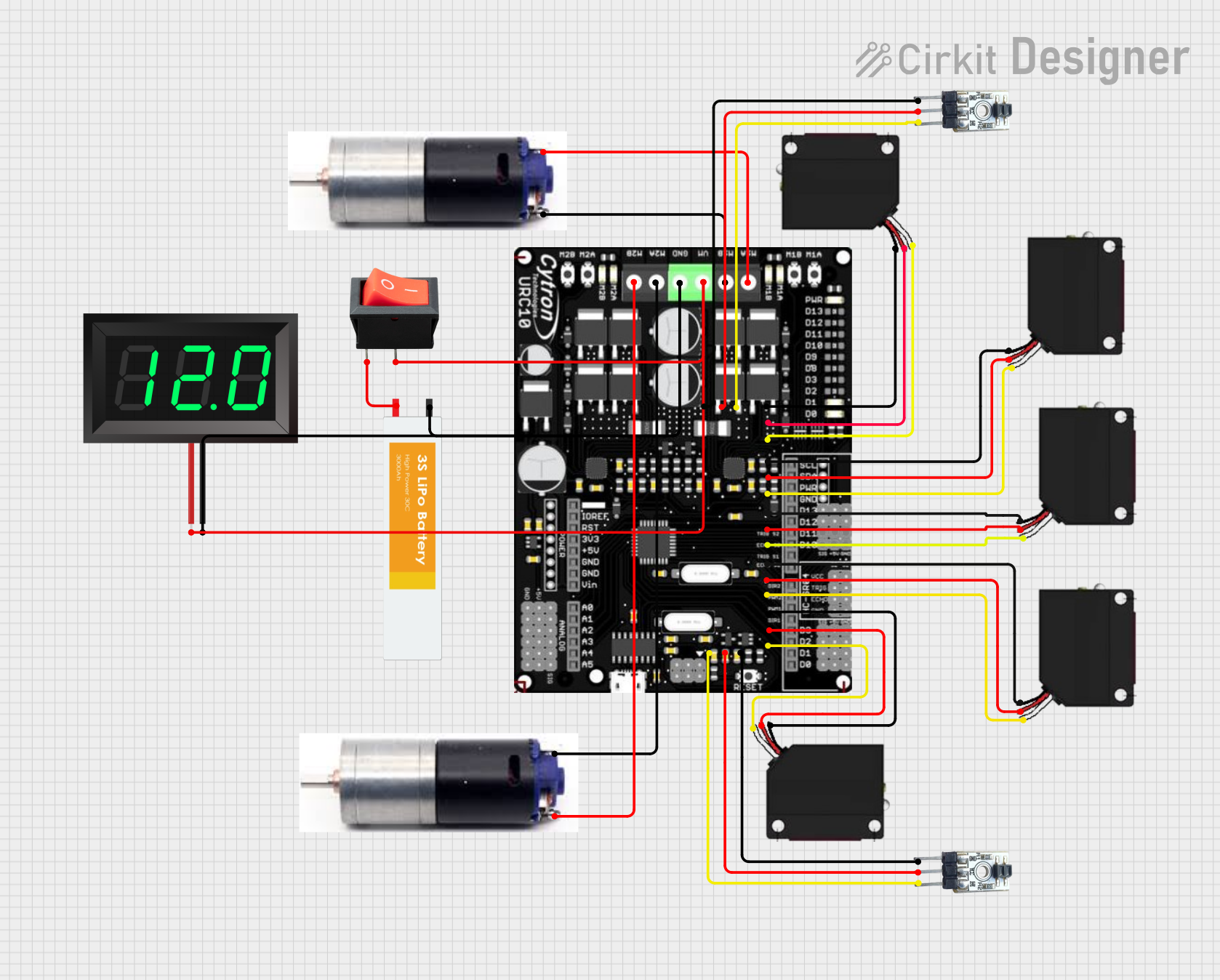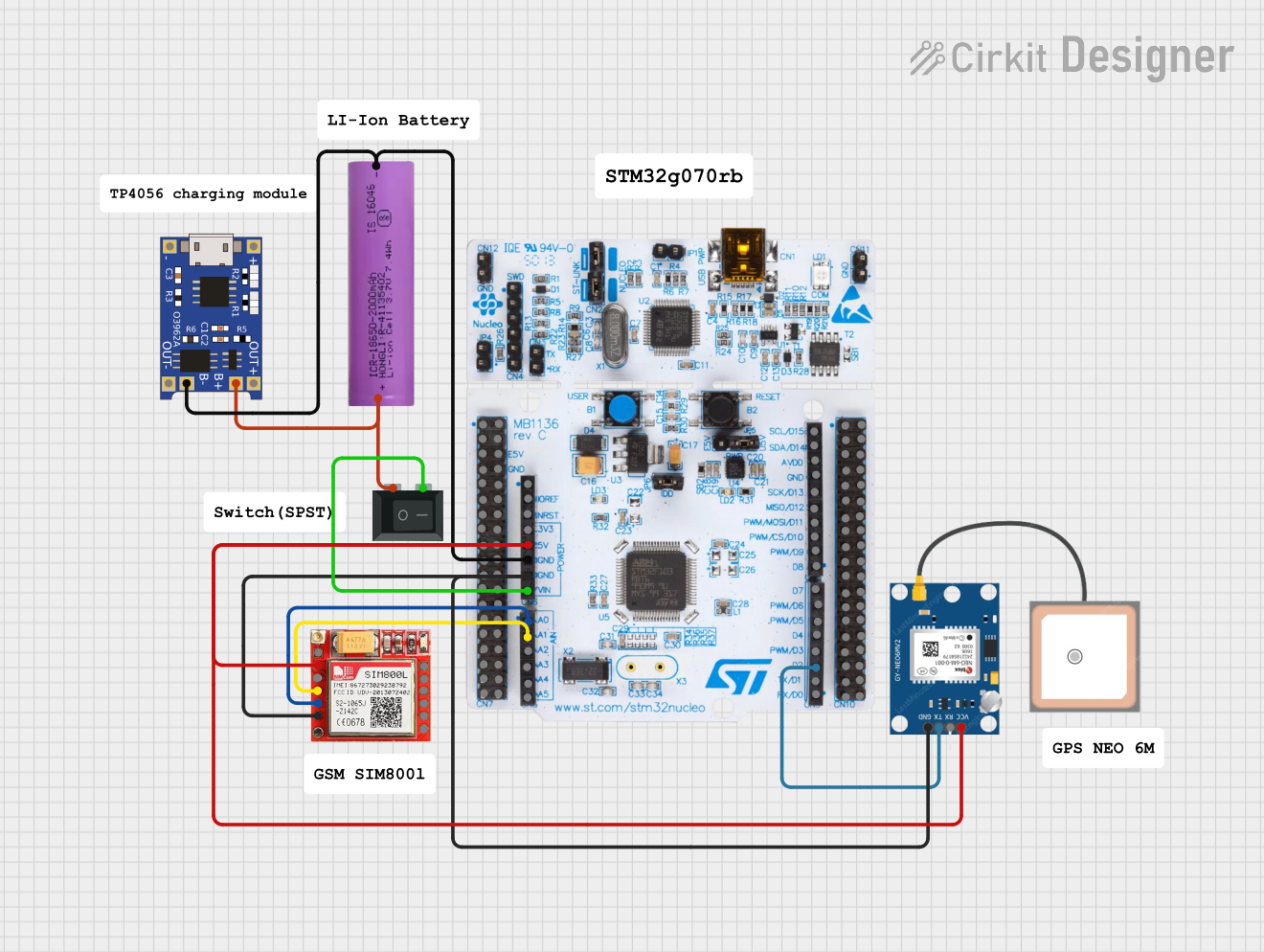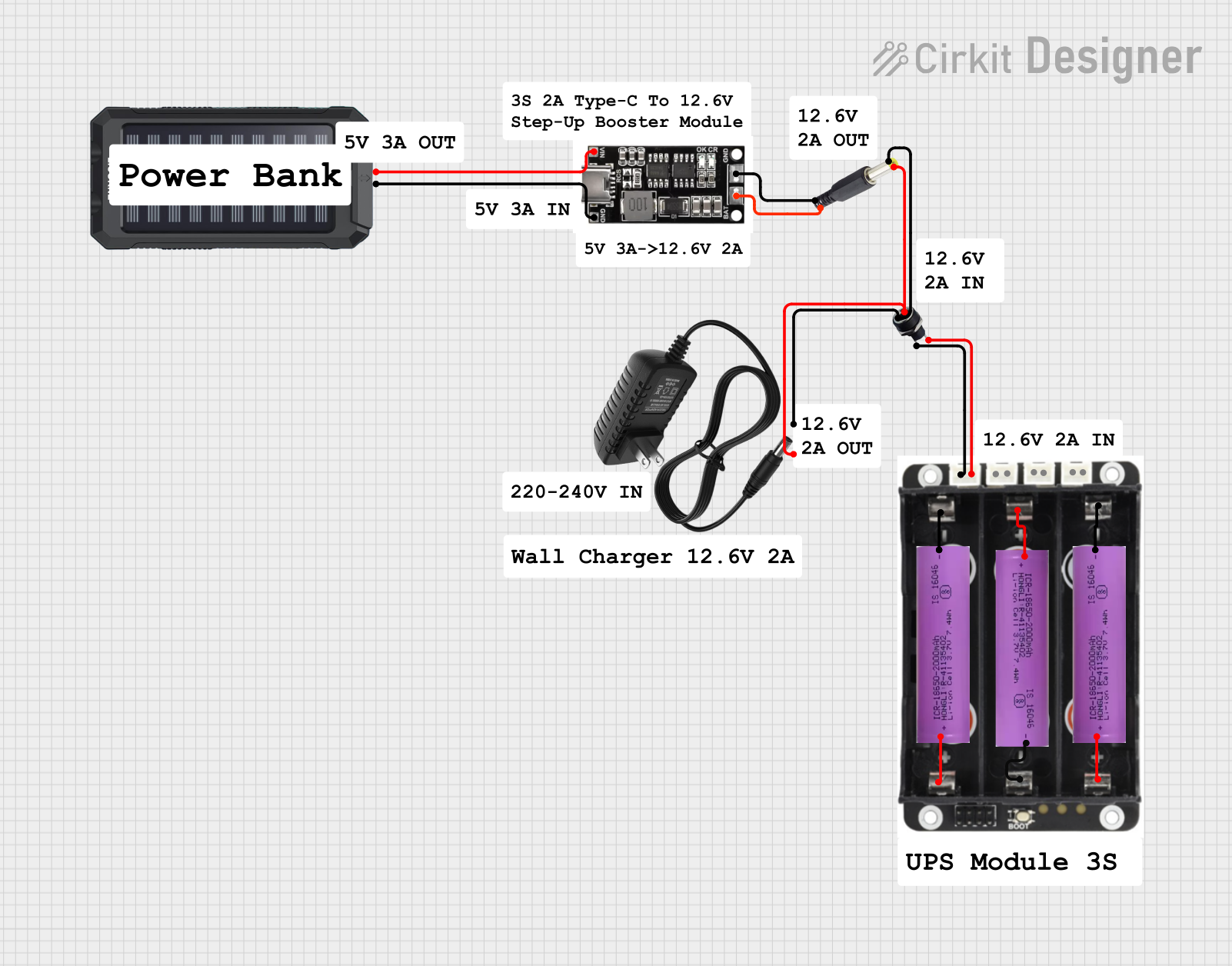
How to Use U078-V-M12: Examples, Pinouts, and Specs

 Design with U078-V-M12 in Cirkit Designer
Design with U078-V-M12 in Cirkit DesignerIntroduction
The U078-V-M12 is an integrated circuit (IC) amplifier designed for audio applications. It is commonly used in a variety of electronic devices where audio amplification is required, such as in portable speakers, home theater systems, and musical instruments. The compact IC package allows for integration into space-constrained designs while providing reliable audio amplification.
Explore Projects Built with U078-V-M12

 Open Project in Cirkit Designer
Open Project in Cirkit Designer
 Open Project in Cirkit Designer
Open Project in Cirkit Designer
 Open Project in Cirkit Designer
Open Project in Cirkit Designer
 Open Project in Cirkit Designer
Open Project in Cirkit DesignerExplore Projects Built with U078-V-M12

 Open Project in Cirkit Designer
Open Project in Cirkit Designer
 Open Project in Cirkit Designer
Open Project in Cirkit Designer
 Open Project in Cirkit Designer
Open Project in Cirkit Designer
 Open Project in Cirkit Designer
Open Project in Cirkit DesignerCommon Applications and Use Cases
- Portable audio devices
- Home theater systems
- Public address systems
- Musical instruments
- Audio signal processing
Technical Specifications
The U078-V-M12 IC amplifier is characterized by its electrical and physical properties. Below are the key technical specifications and pin configurations.
Key Technical Details
- Supply Voltage (V): Typically 5V to 12V
- Output Power (P): Depending on supply voltage and load
- Input Impedance (Z_in): High impedance for easy signal coupling
- Output Impedance (Z_out): Low impedance to drive speakers efficiently
- Frequency Response: Wide frequency range suitable for audio applications
Pin Configuration and Descriptions
| Pin Number | Description | Notes |
|---|---|---|
| 1 | Audio Input | Connect to pre-amplified signal |
| 2 | Ground (GND) | Connect to system ground |
| 3 | Positive Supply (V+) | Connect to voltage supply |
| 4 | Audio Output | Connect to speaker/load |
| 5 | Feedback/Control | Optional, for advanced use |
Usage Instructions
How to Use the Component in a Circuit
- Power Supply: Connect the positive supply pin (V+) to a voltage source within the specified range and the ground pin (GND) to the system ground.
- Input Signal: Connect the audio input pin to a pre-amplified audio signal source.
- Output Load: Connect the audio output pin to a speaker or other audio output device.
- Feedback/Control: The feedback/control pin can be used for advanced applications such as gain control or filtering. This is optional and may not be needed for basic amplification.
Important Considerations and Best Practices
- Ensure that the supply voltage does not exceed the maximum rating to prevent damage.
- Use decoupling capacitors near the power supply pins to minimize noise.
- Keep audio signal paths as short as possible to reduce interference.
- Use proper heat sinking if the IC is expected to dissipate significant power.
Troubleshooting and FAQs
Common Issues Users Might Face
- No Sound Output: Check connections, ensure power supply is within specifications, and verify that the input signal is present.
- Distorted Sound: This may be due to overdriving the input or an inadequate power supply. Check the input signal level and power supply stability.
- Overheating: Ensure adequate heat sinking and airflow around the IC.
Solutions and Tips for Troubleshooting
- Check Connections: Loose or incorrect connections are common issues. Double-check all connections against the circuit diagram.
- Verify Power Supply: Use a multimeter to ensure the power supply is within the specified voltage range and is stable.
- Signal Integrity: Use an oscilloscope to verify the integrity of the input signal.
FAQs
Q: Can the U078-V-M12 be used with an Arduino UNO? A: Yes, the U078-V-M12 can be interfaced with an Arduino UNO for audio projects, provided the input signal is pre-amplified to a suitable level.
Q: What is the maximum power output of the U078-V-M12? A: The maximum power output depends on the supply voltage and the connected load. Refer to the datasheet for detailed power ratings.
Q: Is additional cooling required for this IC? A: Depending on the power dissipation and operating environment, additional cooling such as a heatsink may be necessary.
Example Arduino UNO Code
Below is an example code snippet for generating a simple audio tone using the U078-V-M12 connected to an Arduino UNO.
// Define the pin connected to the amplifier's input
const int ampInputPin = 9; // PWM pin
void setup() {
// Initialize the amplifier input pin as an output
pinMode(ampInputPin, OUTPUT);
}
void loop() {
// Generate a 1kHz tone for 1 second
tone(ampInputPin, 1000, 1000);
delay(1500); // Wait for 1.5 seconds
}
Note: This code assumes that the amplifier's input is connected to a PWM-capable pin on the Arduino UNO and that the amplifier is powered correctly. The tone() function generates a square wave, which may not be ideal for all audio applications. For more complex audio, an external DAC or audio shield may be required.